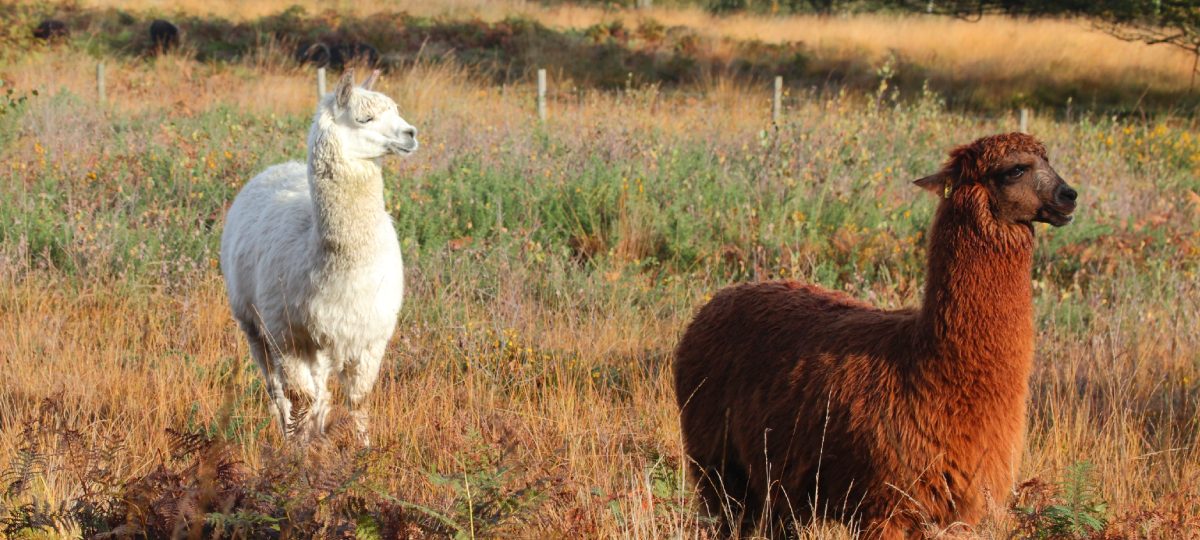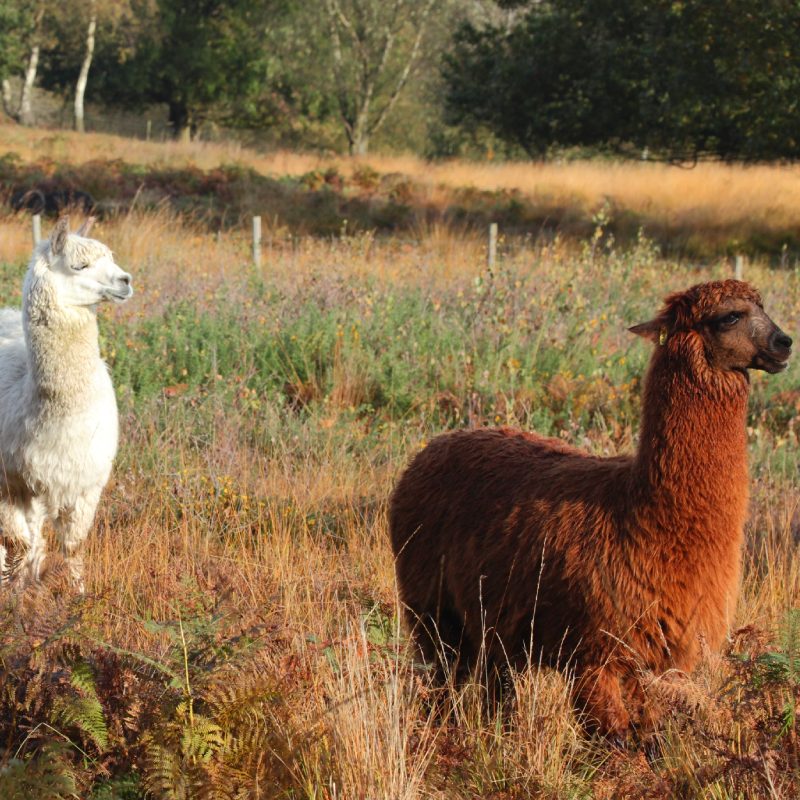Enjoy magnificent views, woodland walks, and rich history at this site of specific scientific interest.
Livestock
Cafe
Play area
Accessible paths
Facilities
- Toilets
- Picnic area
- Dogs welcome
Find us
We are located only two miles from the M1 motorway, just south of Loughborough, in Leicestershire, near the village of Woodhouse Eaves. We have 2 car parks; the upper car park is off Beacon Road, (LE12 8SP, SK 51034 14457) and the lower car park is found off Breakback Road (LE12 8TA, SK 52214 14836).
Opening times
All our parks are open every day.
The car park allows entry from 7am until the following times:
December – January: 4pm
February: 5pm
March: 6pm
April: 7pm
May – August: 8pm
September: 7pm
October: 6pm
November: 5pm
Contactless payment is available at Beacon Hill's Lower Car Park which provide visitors with options for the following range of charges depending on their length of visit. The Upper Car Park is currently cash only.
Up to 1 hour – £2
1-2 hours – £3.50
2-3 hours – £4.50
Over 3 hours – £5
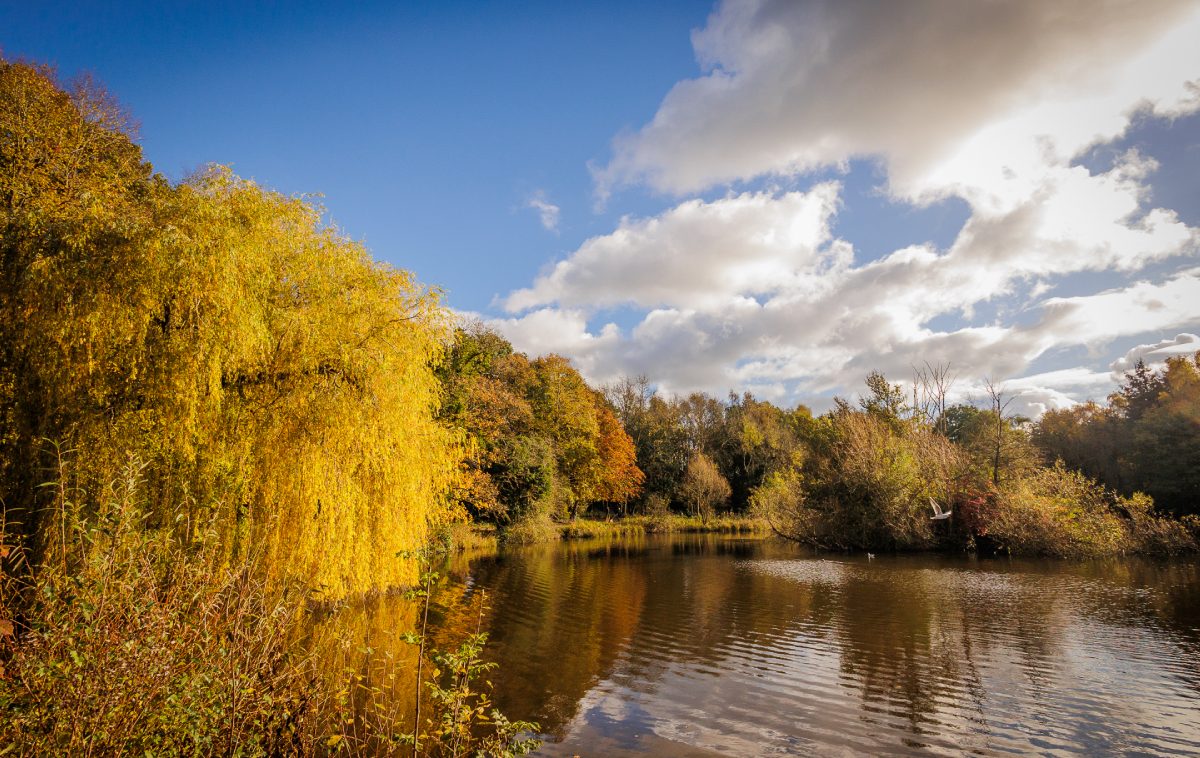
What to see and do at Beacon Hill Country Park
Nature
Beacon Hill provides varied habitats for many plants and animals. It has ecological and geological importance, with much of the park designated as a Site of Special Scientific Interest (SSSI) and areas around the summit protected as a scheduled ancient monument (SAM).
A walk along the trails through the woodlands at Beacon Hill is special at any time. Watch out for carpets of Bluebells in the spring and the vivid colours of autumn late in the year.
During the summer months our wildflower meadows add splashes of colour and attract a host of bees, butterflies and other pollinating insects. The meadows are cut for hay in late summer providing winter feed for our grazing livestock.
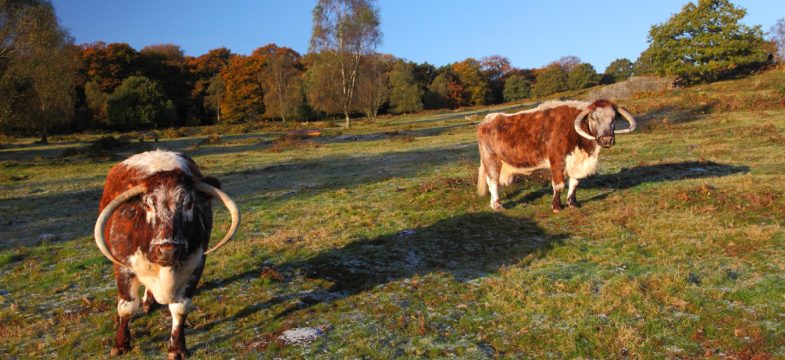
Animals
The grazing livestock within the country park are vital in controlling scrub and encouraging the growth of heathland plants and wildflowers. Mixed herds of cattle and sheep, some endangered, graze the heathland and meadows. Alpacas, which are native to South America and are naturally protective, have also been introduced to watch over the sheep.
You’ll find them grazing in the upper areas of Beacon Hill during the summer months.
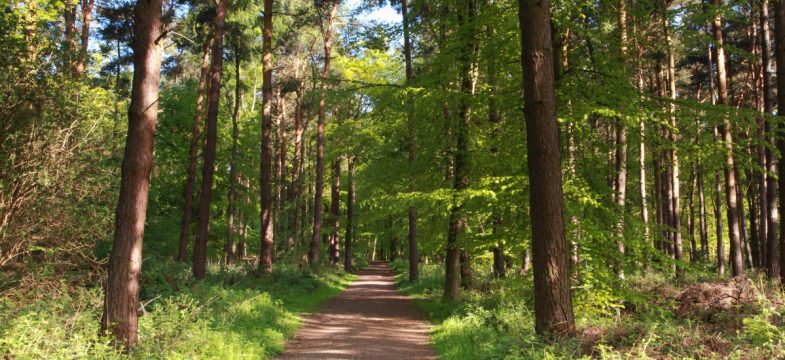
Activities
A play area which includes a log train, a hazel maze, log towers, and various sculptures all made from timber grown in the park can be found near the lower car park, perfect for children to enjoy.
The park is home to number of chainsaw carvings which are displayed along the main routes through the park. Two of the most prominent sculptures are the ‘axe man’ near the lower car park and the ‘rock face’ which depicts the old man of the Beacon rock formation near the summit of the hill. You will also spot the ‘green man’ and the ‘wizard’ at the edge of the woods.
Walkers, cyclists and horse riders alike can take advantage of our multiuse track which loops around the edge of the park. There is also a network of paths throughout the park solely for pedestrians. Visitors can enjoy rock climbing, orienteering, jogging and general exercise or enjoy bird watching and gentle strolls in the peace and quiet.
History
Beacon Hill is believed to be one of the earliest known places where man made home. It has also been recognised as the site of a Bronze Age Hill Fort since a line of defensive earthworks was discovered near the summit of the Hill. In 1858, this was confirmed when bronze jewellery, an axe and spear head were found at the site. Some of these artefacts are displayed today at Charnwood Museum in Loughborough.
Up until the early part of the 20th Century, Beacon Hill was part of the Beaumanor estate, owned by the Perry-Herrick family. Beaumanor Hall is still a popular destination today, and offers a whole range of facilities including weddings, corporate bookings, craft fairs and more. During the Second World War the site was occupied by the Ministry of Defence and was used for training operations and the storage of munitions. In 1947, the site was purchased by the county council to protect its value as a public open space.
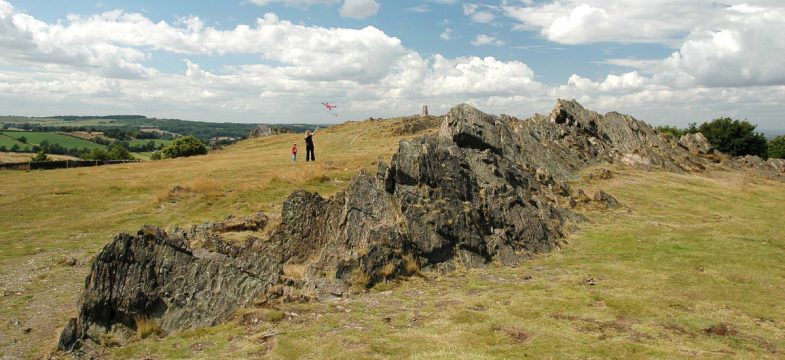
Geology
The rocks at Beacon Hill were formed from volcanic activity around 700 million years ago and are some of the oldest found across the world. The crags at the summit were originally created at the bottom of the sea from compressed volcanic ash. The layers of rock developed horizontally but were buckled and tilted into their current position by massive earthquakes some 600 million years ago. Look out for the unusual rock formation as you walk near the summit. You will see why it’s been nicknamed the “Old Man of the Beacon”.

